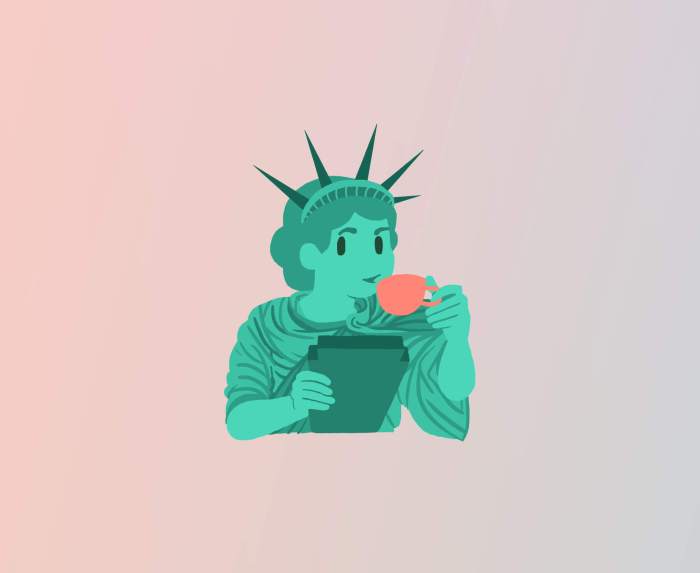Though you may not realize it, there are a handful of everyday items in the home that can cause burns, from superficial burns to severe burns. PM Pediatrics breaks down what you can do in your home to prevent those burns, how to treat them initially, and when you need to see the doctor to receive further care for burns.
People do a lot of crazy stuff to try to treat their burns, from covering them with toothpaste to cracking an egg over top of them (not making this up). Burns are a thermal injury to the skin and are fairly common; approximately 300 children in the U.S. ages newborn to 19 years are seen daily in emergency departments with this type of injury, according to the Centers for Disease Control and Prevention. Take that number and imagine how many are managed at home without medical intervention or being seen by a primary care pediatrician or in urgent care settings; that’s a lot of burns in one day.
Common Household Items That Cause Burns
If you take a quick look around your house, it’s pretty easy to see the many potential sources of burns: the oven, teapot, and hairstyling tools to name a few. While curious younger children are easy burn victims, accidents happen at any age, so it’s reasonable to take a quick walk-through of your house to see where the next burn source might be located and take some simple actions to try to reduce the chance of injury. A few key areas to pay attention to are:
- The stovetop: Pot and pan handles facing outward in an easy-to-reach position are asking toddlers to grab them. Same goes for pots and pans on the front burner. Cook on the back burner with the handles pointed toward the side or back of the stovetop.
- Hairstyling tools: Hair straighteners and curlers are some of the most common culprits for causing burns in the home. Even when they are on the countertops and out of reach of small children, the cord hangs low and is easy to pull. Don’t just turn the appliance off when you are finished using it; unplug it and place it and the cord out of reach.
- Fireplaces and fire-tending tools: If your home has a fireplace that is used a lot in the winter, the fire-tending tools get hot. Kids like to touch them since they are such a cool shape (especially the poker), so put them behind the screen. I also know of some children who have fallen through the screen and into the fireplace, so be aware of that as well.
- Matches, lighters and candles: Keep these away from kids, not stored in one of your junk drawers in the kitchen. (I’m side-eyeing myself here.
Types of Burns
Even the most careful, well-intended of us accidentally get burned every now and then (when the potholder slips out of position as we pull out a hot pan from the oven), so let’s talk a little bit about burns themselves.
Most people are familiar with the first, second and third degree classification of burns, but the nomenclature has been updated. In the interest of making you sound like you are part of the regional level 1 trauma or burn team, let’s use the most recent terminology:
- Superficial burns (the old first-degree): These look red and are painful and affect the top layer of skin.
- Partial-thickness burns (the old second-degree): This is a deeper burn. The skin is red and painful but it blisters as well.
- Full-thickness burns (the old third-degree): Deeper layers of the skin are involved. This burn often appears gray and is painless because the nerve fibers have been damaged.
How to Treat Burns
My overarching recommendation to everyone is to get burns seen by a medical professional right away if there’s ever a doubt about their extent or depth. Surprisingly, some burns can be more serious than people think. The kinds of burns that absolutely need immediate evaluation are:
- Large burns that are more than a few centimeters in length
- Any burn on the face, hands or in the genital area (cosmetics and function are very important for these body parts)
- Burns that cross over a joint (healing skin can contract, decreasing mobility at the joint so careful splinting of the extremity is important)
- Blistering burns
- Burns that are painless (partial- and full-thickness burns should be evaluated by a clinician familiar with burn care)
When a body part gets burned, the first order of business is to run the burned area under cool water. This arrests the damage pattern of thermal injury. It can also help to wash out any dirt fragments that may have come in contact with the skin. Next, pat the burn dry with a soft, clean cloth and cover with a clean, dry bandage. Do not put anything on the burn (not even creams, liquids, foods or butter). Greasy ointments (such as butter or cocoa butter) on top of a burn will retain the heat of the burn, slowing down the healing process. This is why we recommend immediately running a burn under cool water. Additives in these substances, such as fragrances in cocoa butter, can also be irritating to the skin.
Administer some pain reducer medicine such as acetaminophen (Tylenol and others) or ibuprofen (Motrin, Advil or others) and call your doctor for direction, or proceed to nearby emergency or urgent care for further assessment. Depending on the size or location of the burn, your child may be referred to a regional burn center for further evaluation and management, or you may be asked to follow up in a specialty burn clinic. These are both important resources to take advantage of if they are suggested to you. Much of burn healing is a marathon, not a sprint, and so getting plugged into a follow-up clinic can be critical for a good outcome. Some burns require specific dressing changes and splints, which may change over time as the burn heals.
If you read this entry and come away only with the message of “I’d better not put butter or cocoa butter or toothpaste” on a burn, I will feel satisfied that I have done my job based on the number of times I have seen strange home remedies come into acute care.
If you now have a new burn classification system you can share in casual conversation, I will have more pep in my step. And as you burn-proof your house, make sure your hot water heater thermostat is set no higher than 120 degrees Fahrenheit, and learn how to give first aid to a burn. That will near about make my day and inspire me to learn yet another of those groovy Fortnite dances all the kids are doing. Your call.
Christina Johns, M.D., M.Ed., is the Senior Medical Advisor at PM Pediatrics and author of the blog, Dear Dr. Christina. As a parent, pediatrician and pediatric emergency physician with a master’s in education, she shares her own expertise, plus the wealth of knowledge from our highly skilled staff, with patients and families everywhere. Follow Dr. Johns on Facebook, Twitter, Instagram, and Pinterest for even more tips and articles.
Main image: Experts recommend turning pot and pan handles in to prevent children from reaching up and pulling the hot pots and pans down, as well as cooking on the back burner to further remove the pots and pans from children’s reach.






















